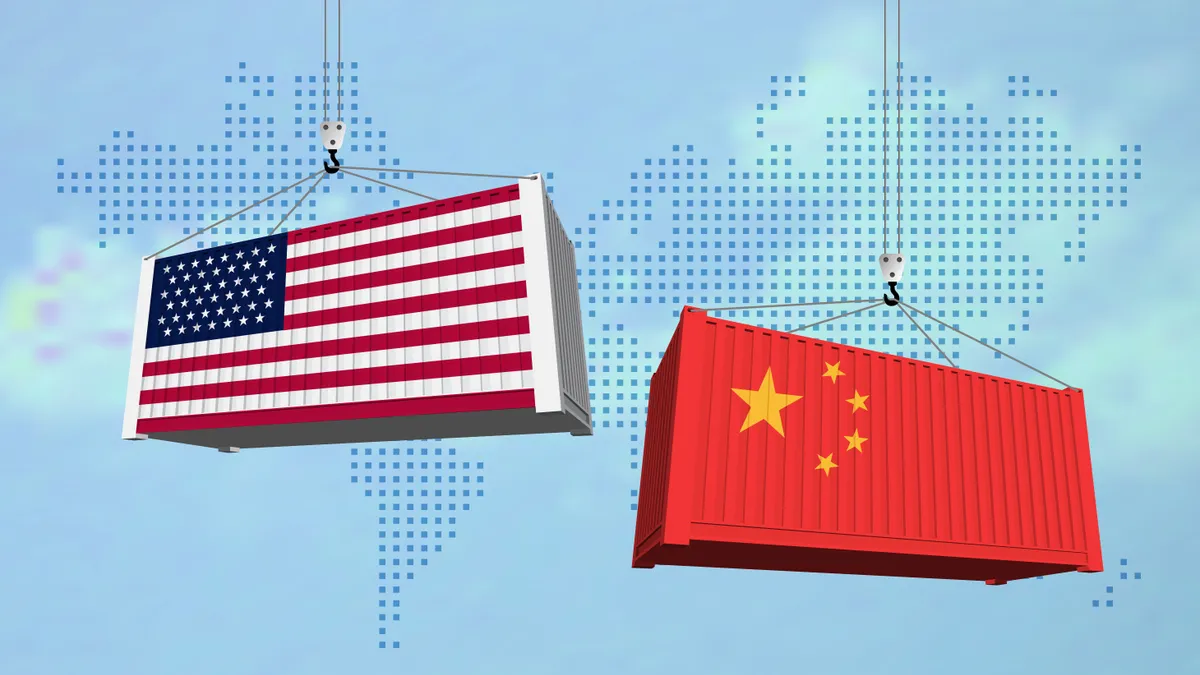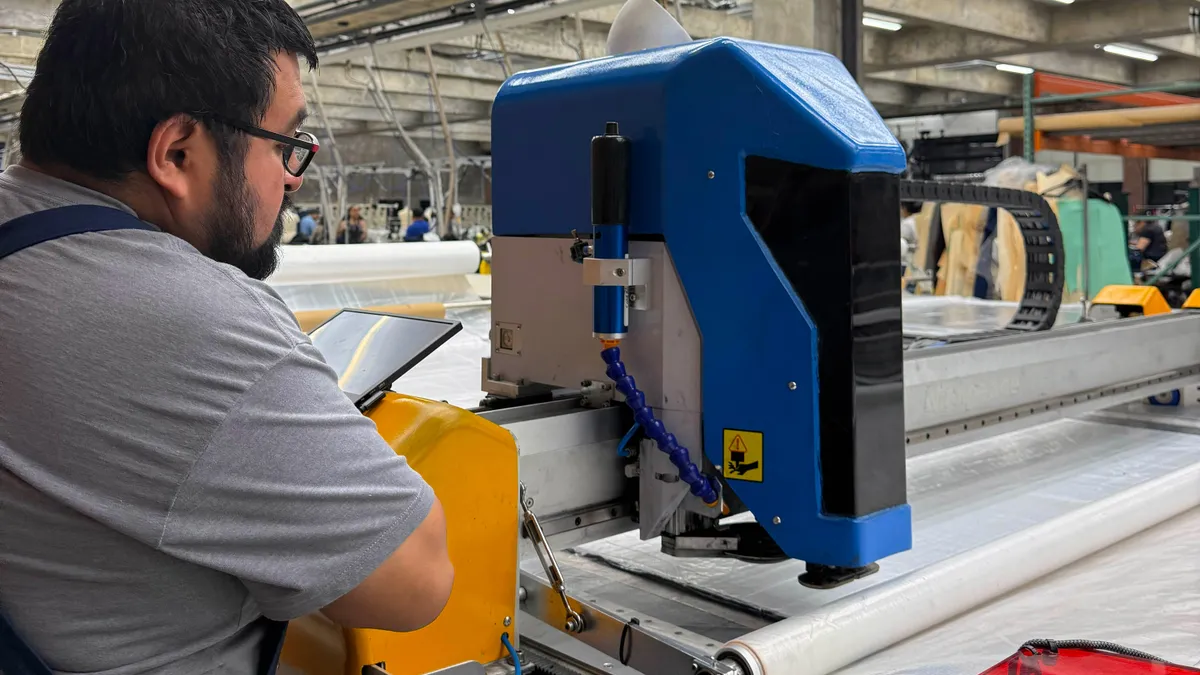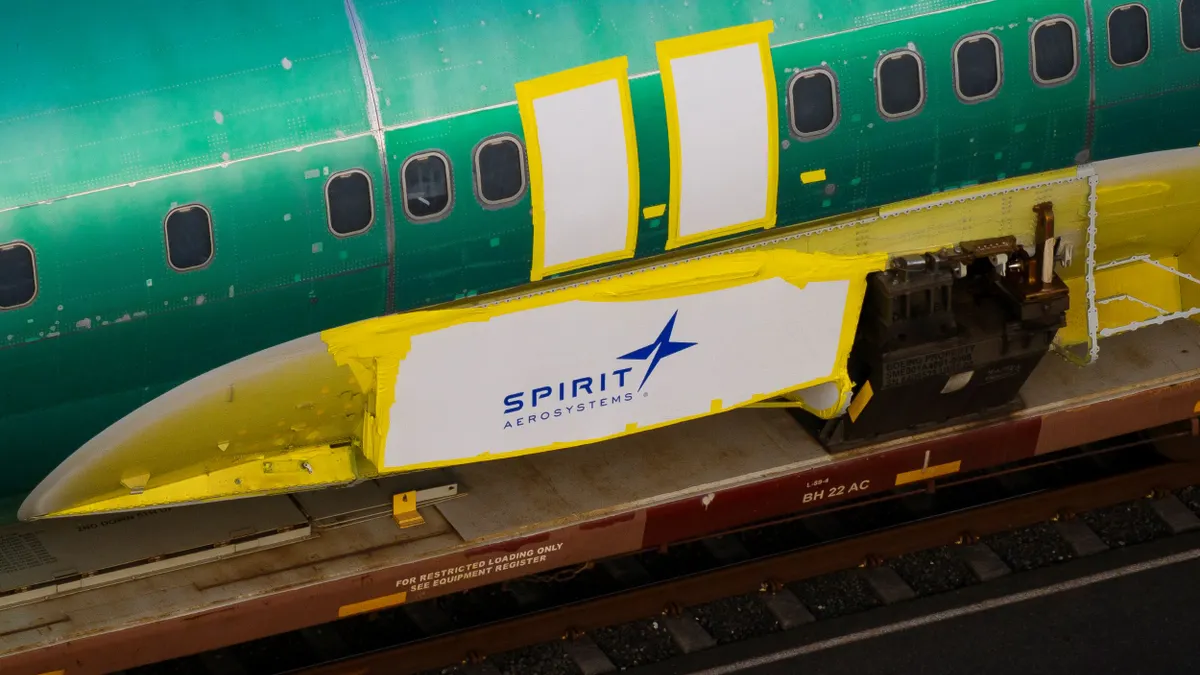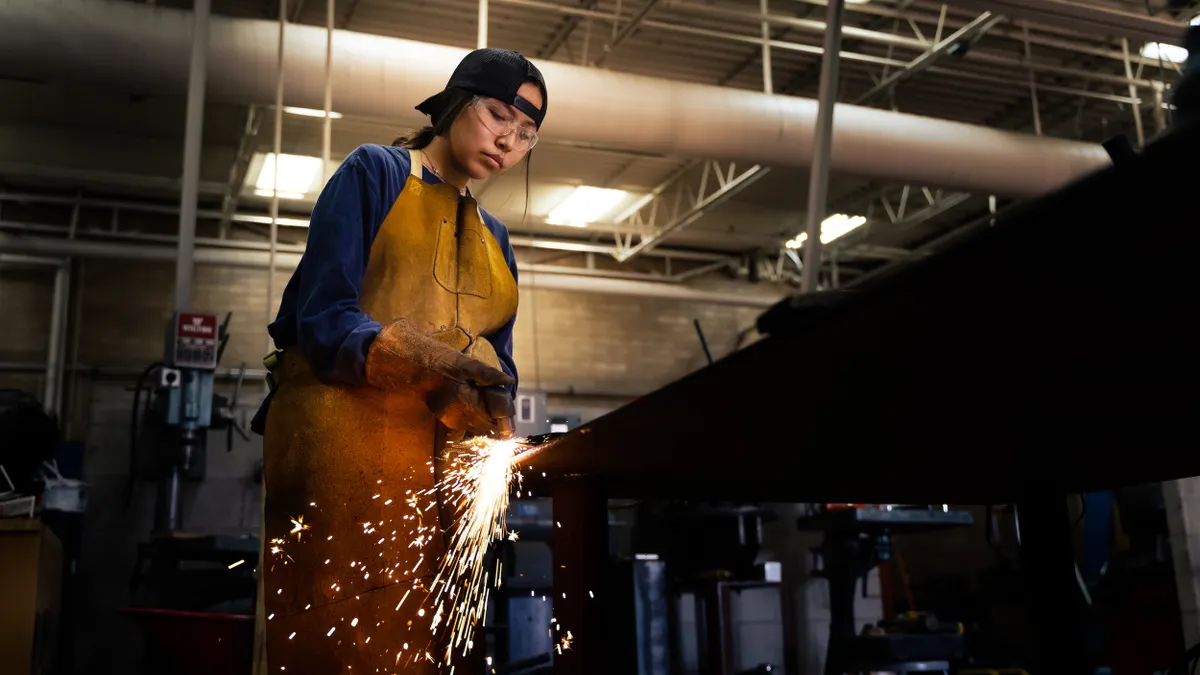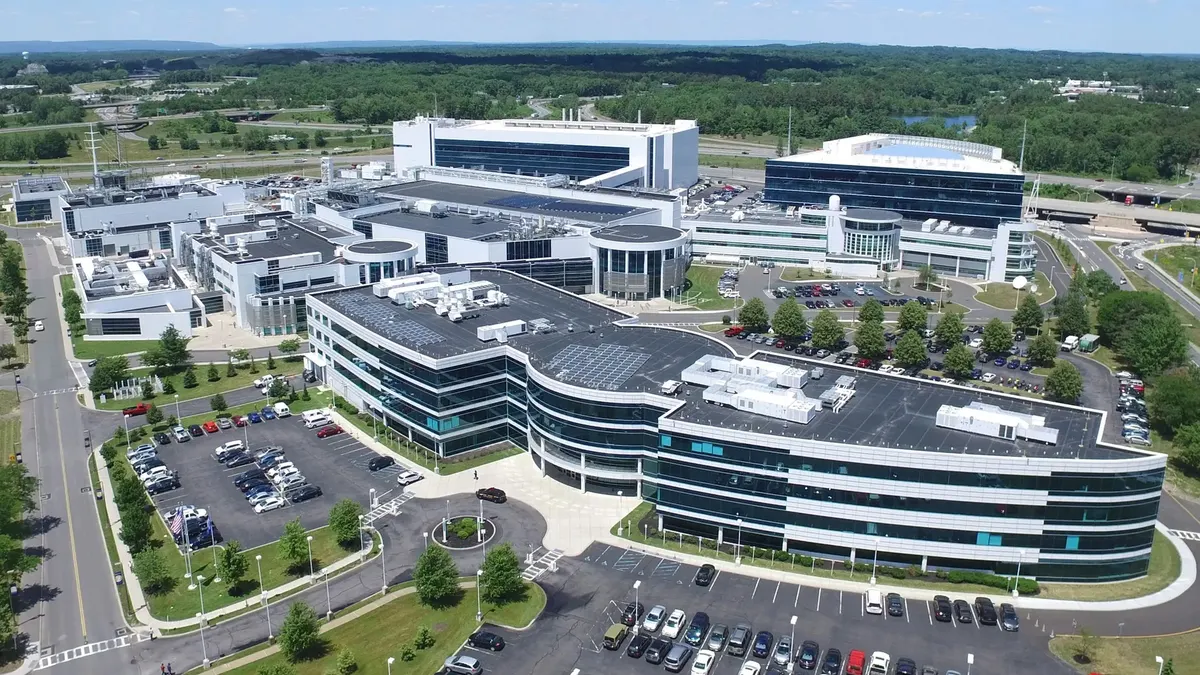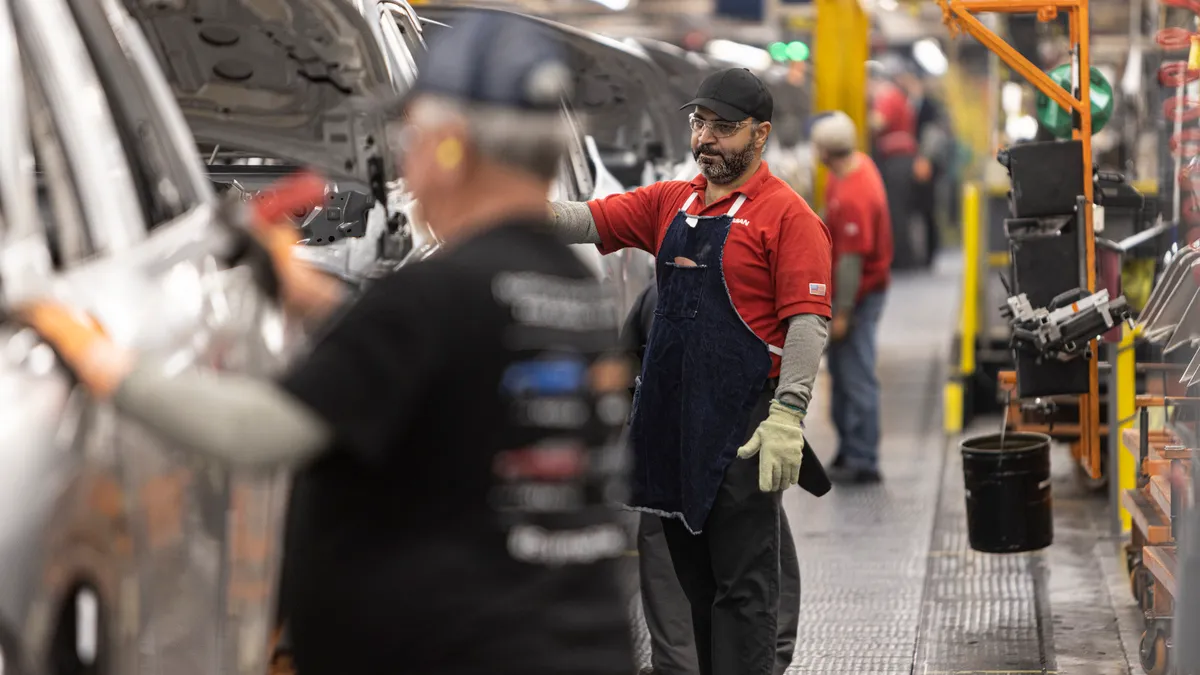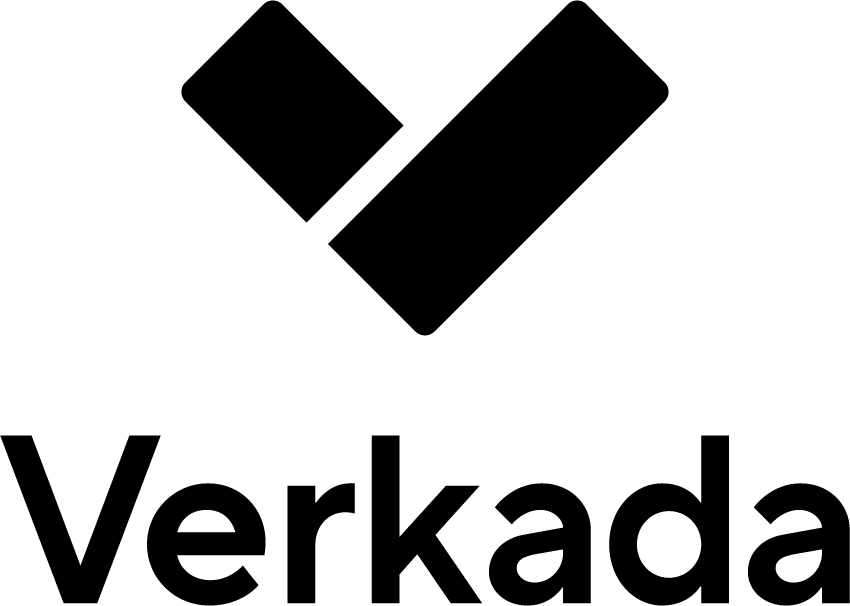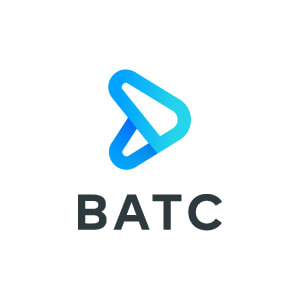As manufacturers navigate tariff uncertainty, experts on a panel at the Medical Design & Manufacturing East expo in New York City on May 22 said it’s important to keep a level head and make rational decisions about business operations and relationships.
Andreas Haag, CEO at Streamliners Management Consulting, said his role recently has “turned to being the therapist of senior leaderships,” with clients feeling more anxious or hesitant about decision-making due to tariffs.

Global makers of drugs, microchips, cars and more have responded to the Trump administration's trade policy with pledges to invest or relocate their production to the United States to avoid higher taxes on goods and services. However, the panelists said not everyone should make the same move.
Shay Luo, a partner at management consulting firm Kearney, said companies should consider factors like demand, location and cost before upheaving or expanding their production.
“We have to keep reminding people, like, be rational. Do not be emotional on this topic,” Luo said.
Manage and maintain supplier relationships
Tensions between the U.S. and China have resulted in a rollercoaster of tariffs, with rates varying between 10% to 145% in recent months.
At their peak, the reciprocal taxes tanked U.S. stock markets and created uncertainty around how tariffs would impact prices and consumer demand. They have since been lowered to an effective 30% rate for Chinese imports and 10% for U.S. exports as part of a 90-day pause between the two countries.
With rates as volatile as they are, Haag recommended manufacturers keep their supplier relationships in place in China. At some point, he said, the tariffs will be lifted and companies that pivoted to the U.S. will be in a race to re-establish their former suppliers.
“It's going to be survival of the fittest,” Haag said. “If you have cut off ties, you're going to be out of business.”

Luo, who works on Kearney’s annual reshoring index, a barometer that tracks job reshoring to the U.S. from Asia, has been monitoring relocation trends in manufacturing for years. Despite recent domestic manufacturing commitments from executives, this year’s report showed an overall slowdown in reshoring activity, illustrated by declines in its manufacturing import ratio, driven by supply-demand factors.
A common factor among companies who successfully make the transition is that they work with their existing suppliers rather than pivot to others, Luo said.
“You will be surprised how many of your suppliers based out of Asia are willing to work together with you to establish another factory or production line in Mexico or in the U.S.,” she said.
More policy opportunities for capital investments
One of the biggest challenges facing manufacturers looking to expand or bring production back to the U.S. is navigating the ever-evolving web of regulatory hurdles.
Matthew Wright, founder and executive chairman at Specright, a software firm focused on specification data management, said it’s hard to add production lines or construct buildings in most states and jurisdictions in a timely manner. Wright is a former packaging executive.
“[A company] may have a great idea to bring product back to the U.S., then realize it's a two- to three-year project to get capacity up and running, and half of that is because of delays and local regulatory issues,” Wright said.

To expedite business development, Congress previously launched the Opportunity Zone program during President Donald Trump’s first term to spur economic growth by awarding companies tax benefits for investing in historically underserved or distressed areas. Wright said he wants to see the federal government do more with the program.
As part of Trump’s “One, Big, Beautiful Bill,” lawmakers are looking to pass legislation that would restructure and expand the 2017 program to include more qualifying “opportunity zones” and investment incentives.
Evaluate costs and efficiencies
As tariffs raise the cost of goods and services, many manufacturers are looking for ways to avoid passing those increases on to consumers.
Wright said leadership should re-engage their companies around a unified goal of lowering costs to drive demand during these uncertain times.
“I do think margins in general are very razor thin,” Wright said, but there is also an opportunity for companies to lower their costs through supplier negotiations or by acting on tariff mitigation “playbooks” from years ago.
Market disruption from tariffs can also yield opportunities that drive operational efficiencies within companies and workforces. “I actually think this is an unbelievable opportunity right now to really make change happen, and to make improvements that will stay much longer than the tariffs,” Haag said.
The MD&M East expo is run by Informa, which owns a controlling stake in Informa TechTarget, the publisher behind Manufacturing Dive. Informa has no influence over Manufacturing Dive’s coverage.



